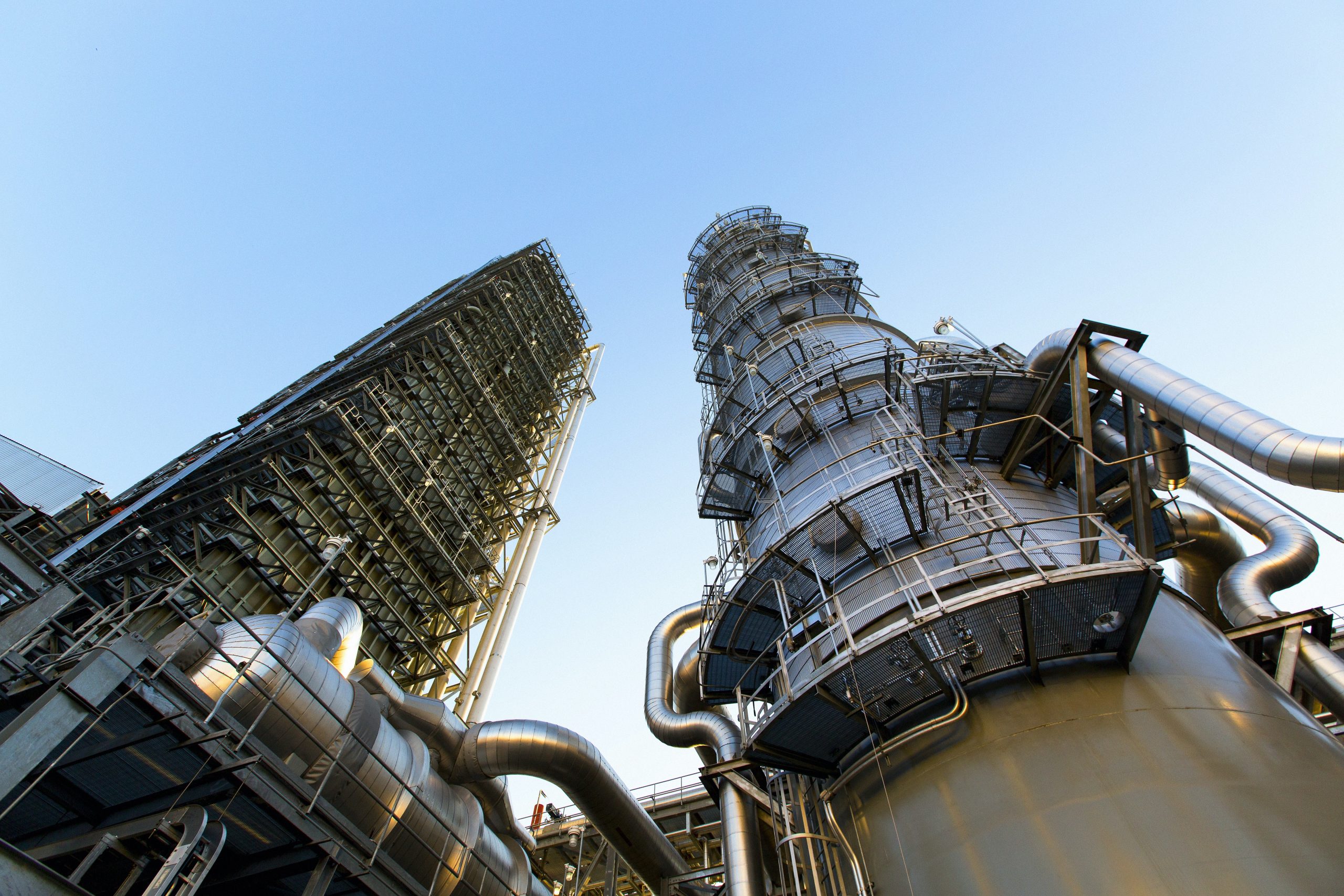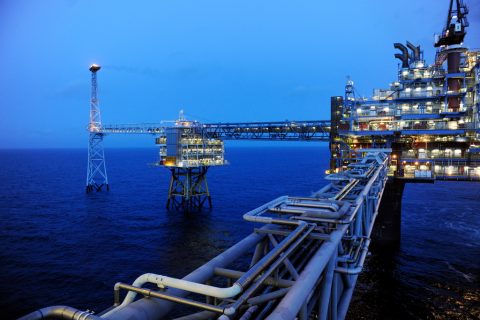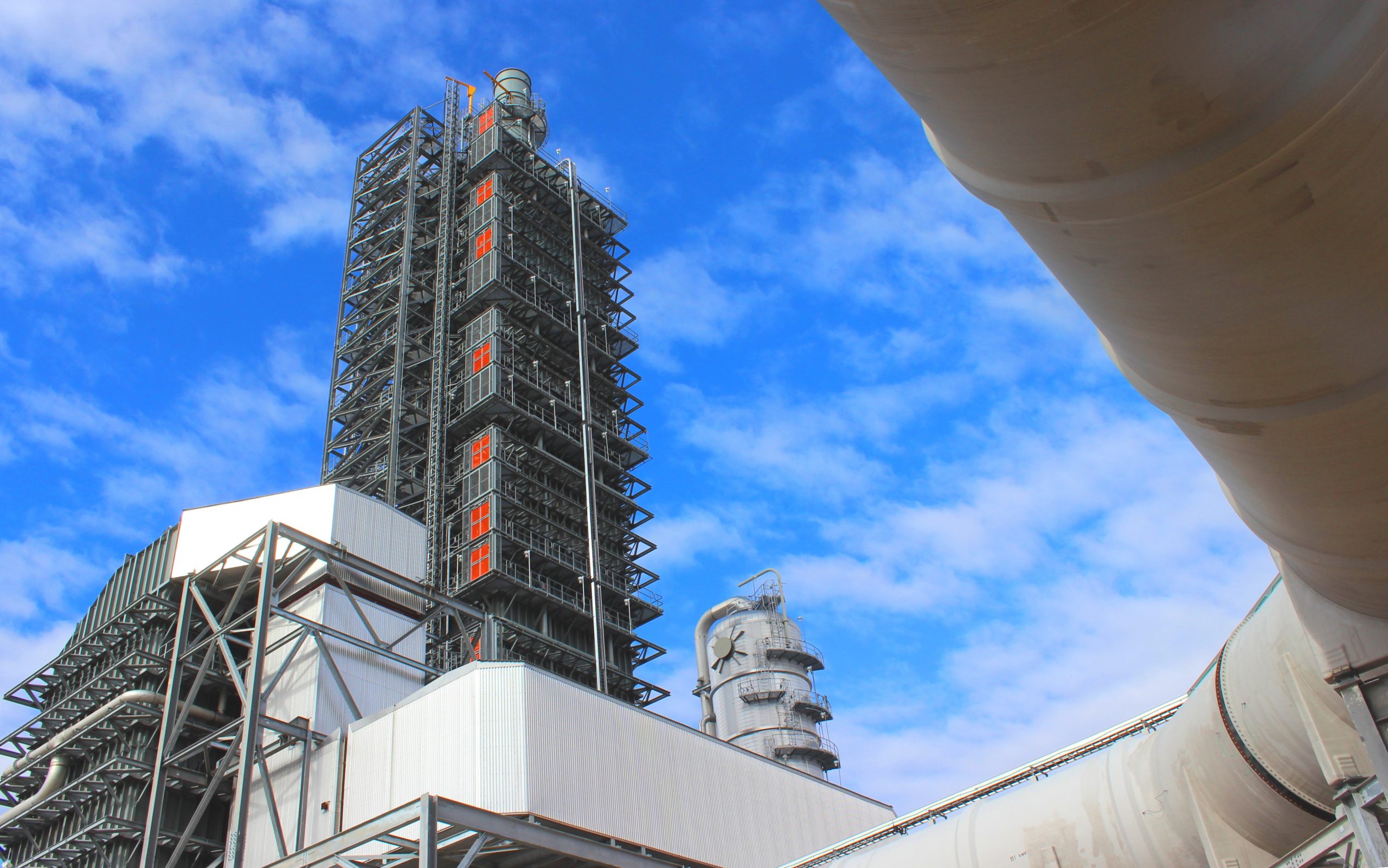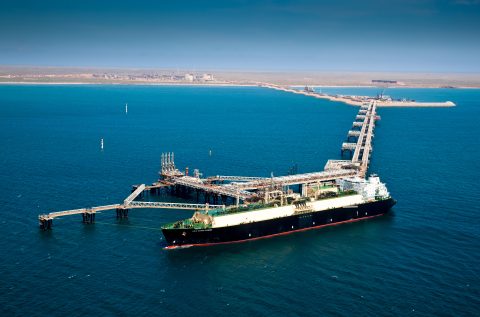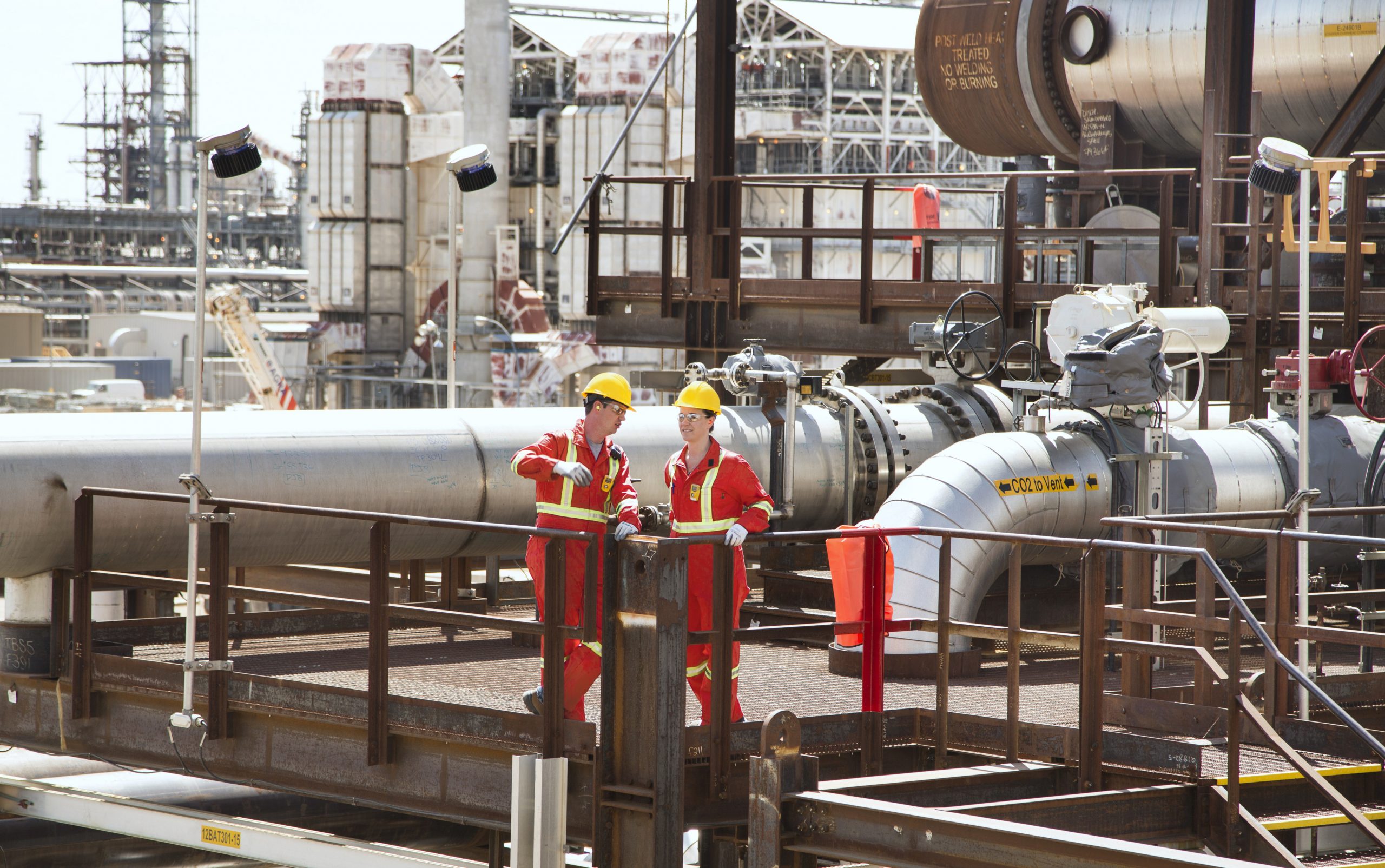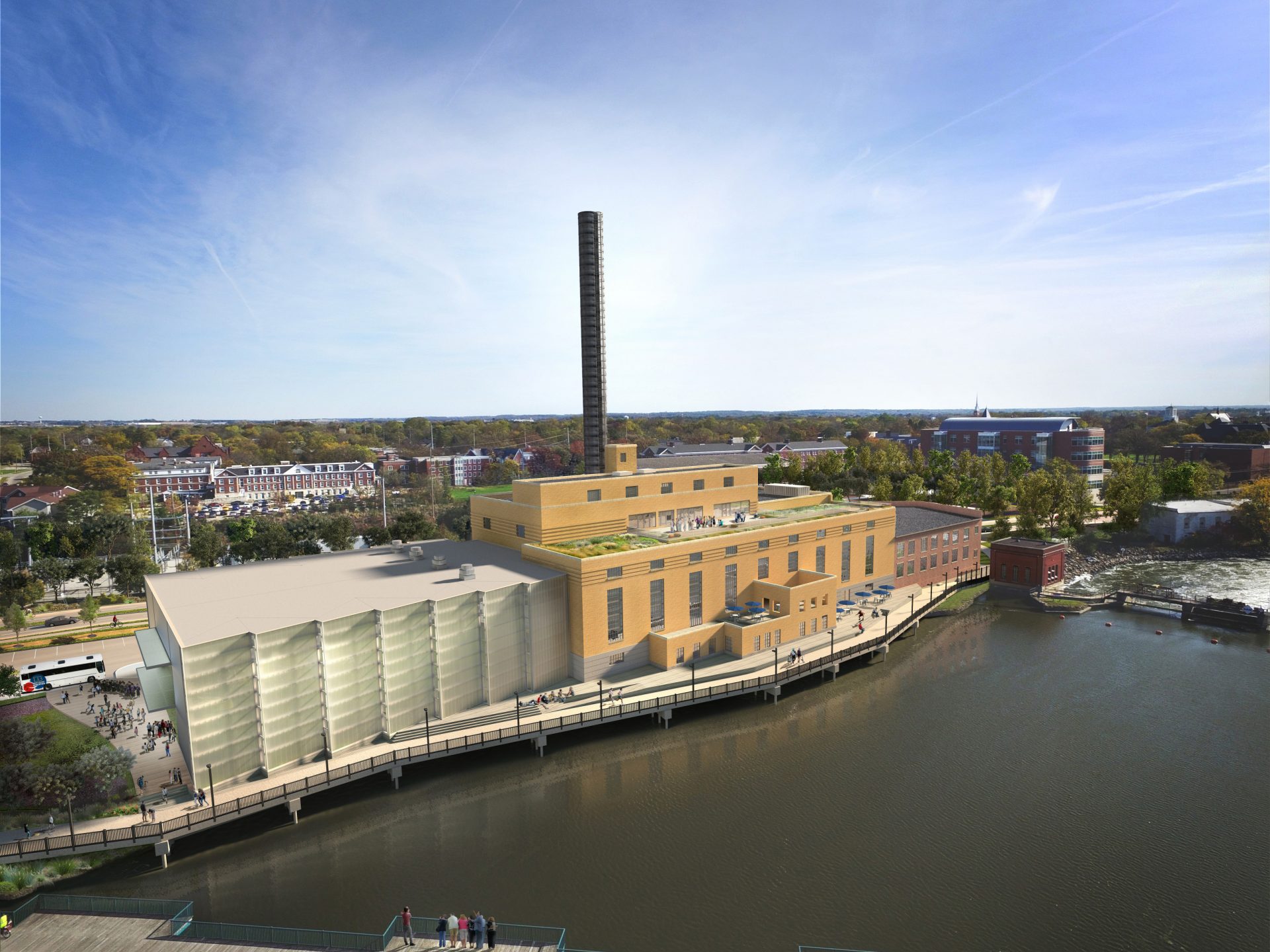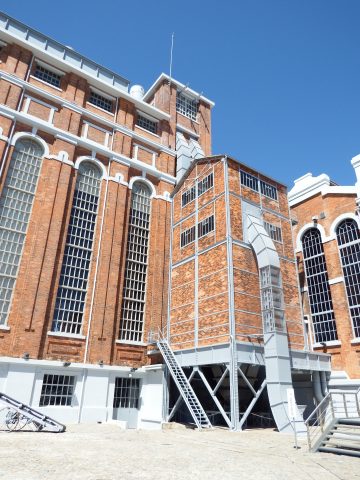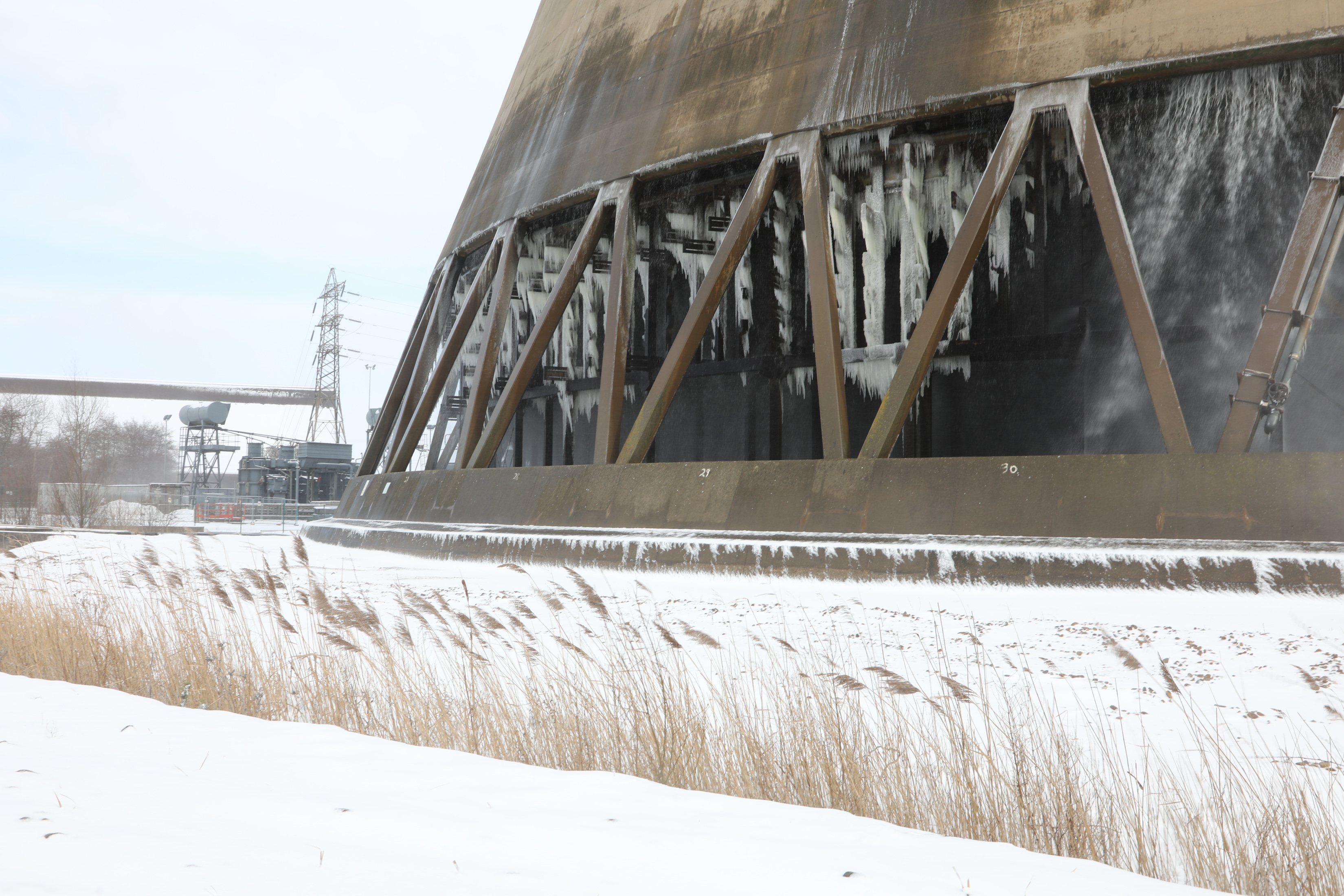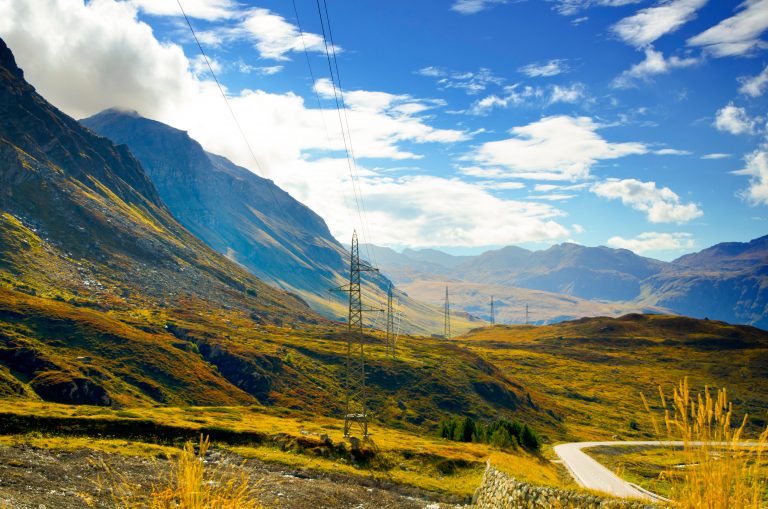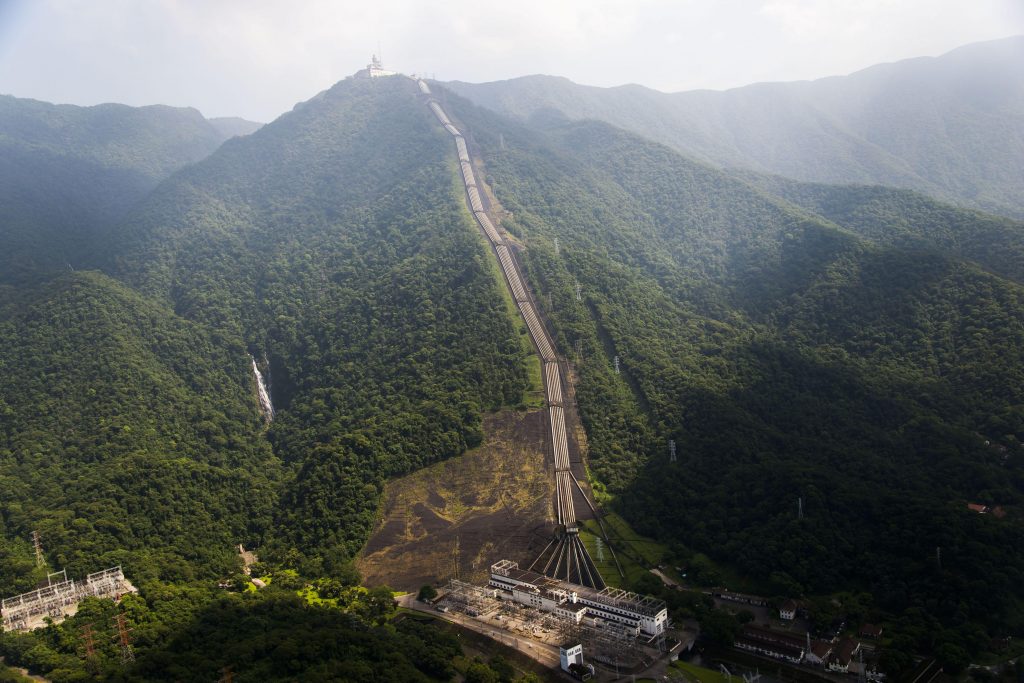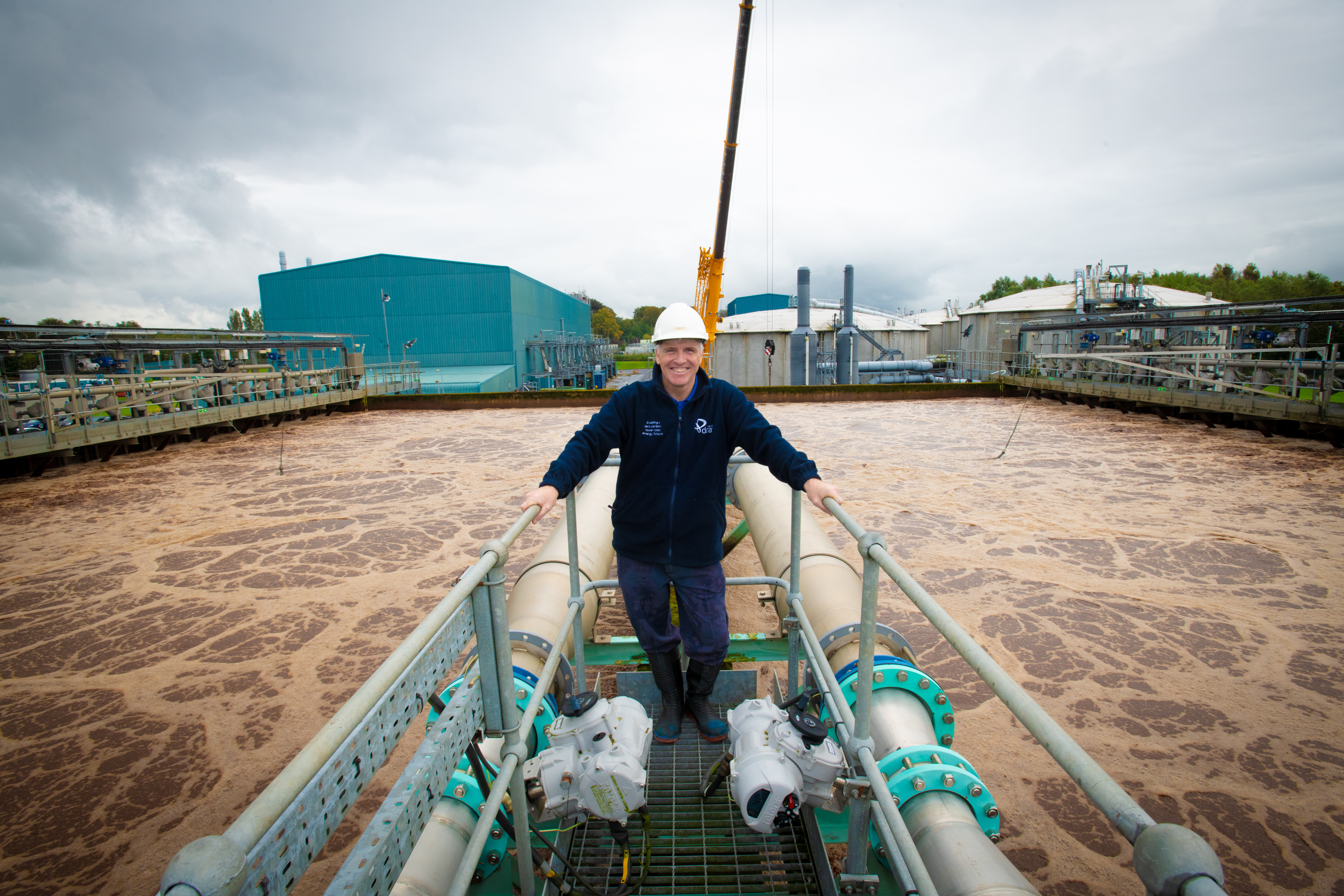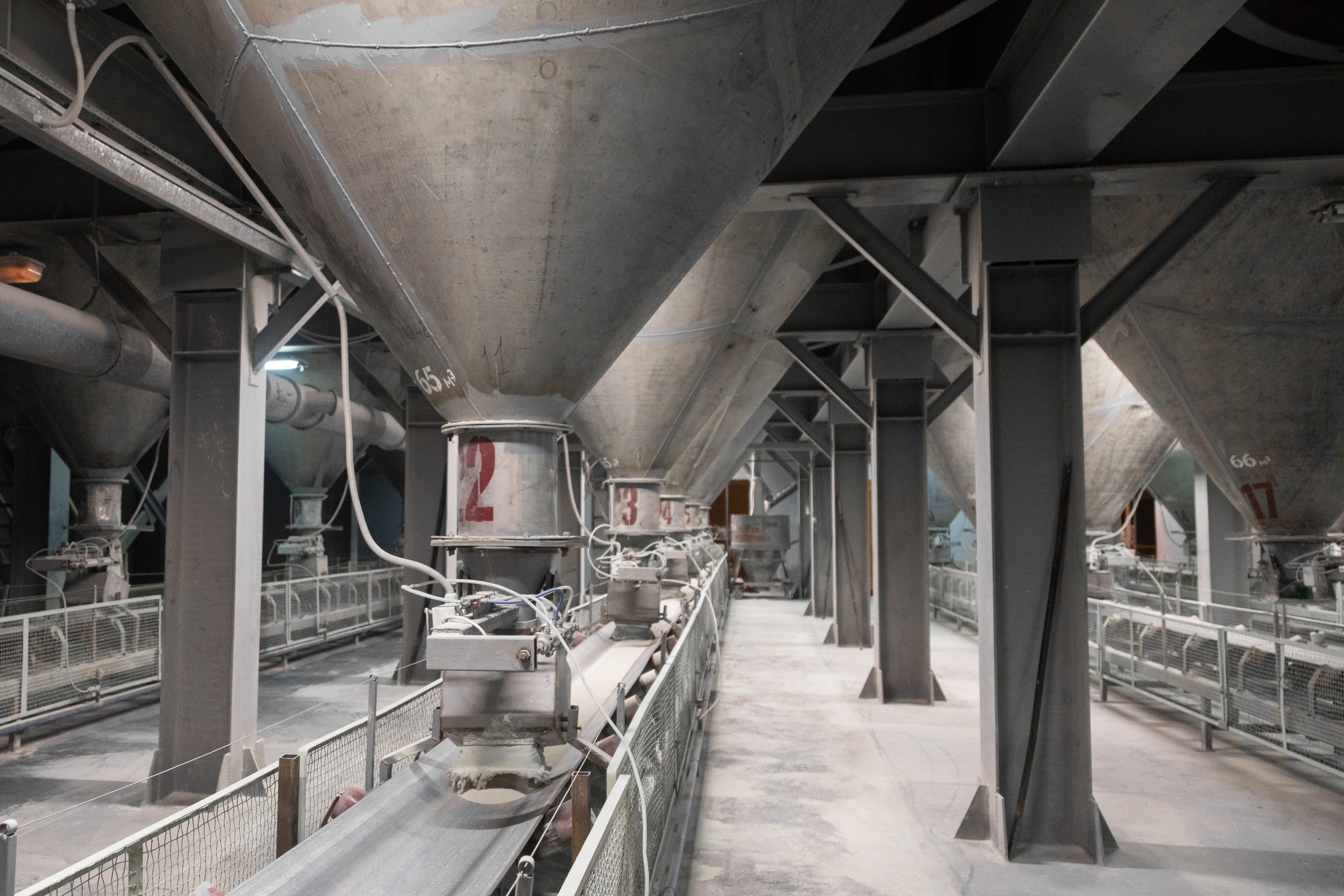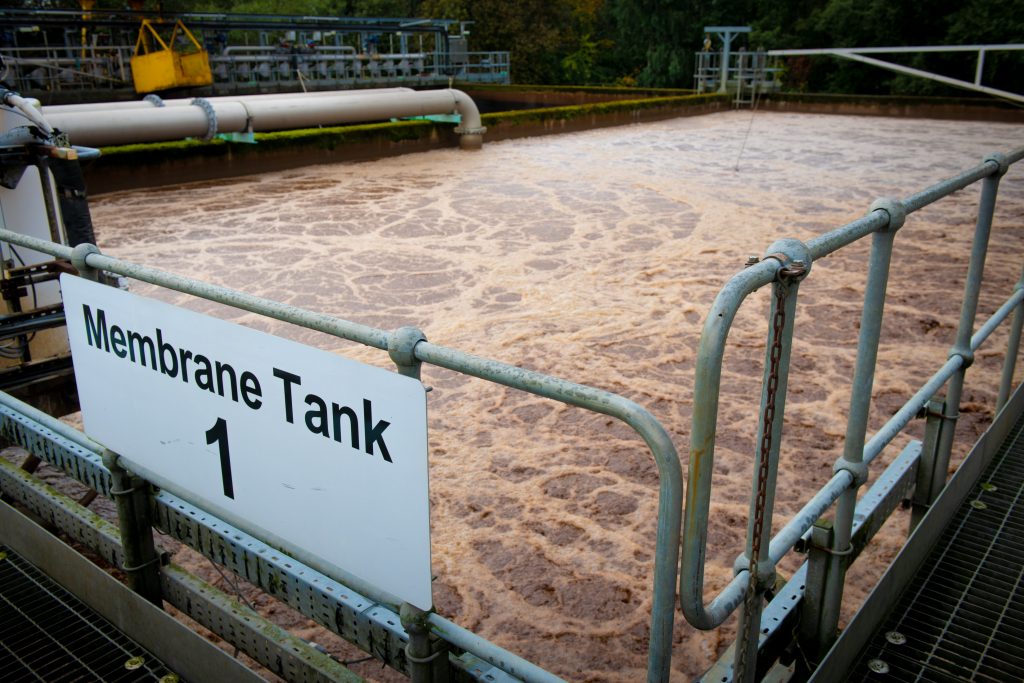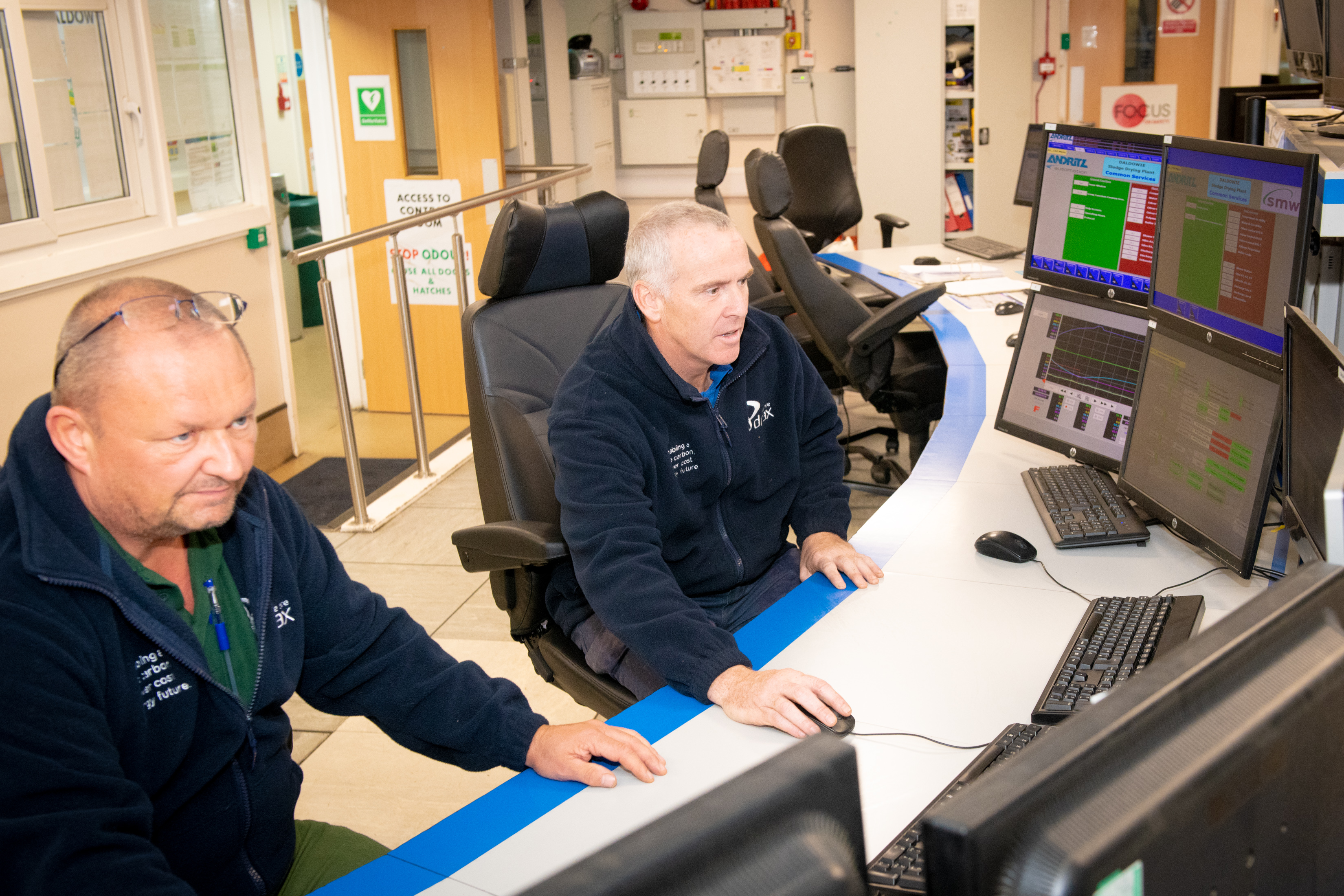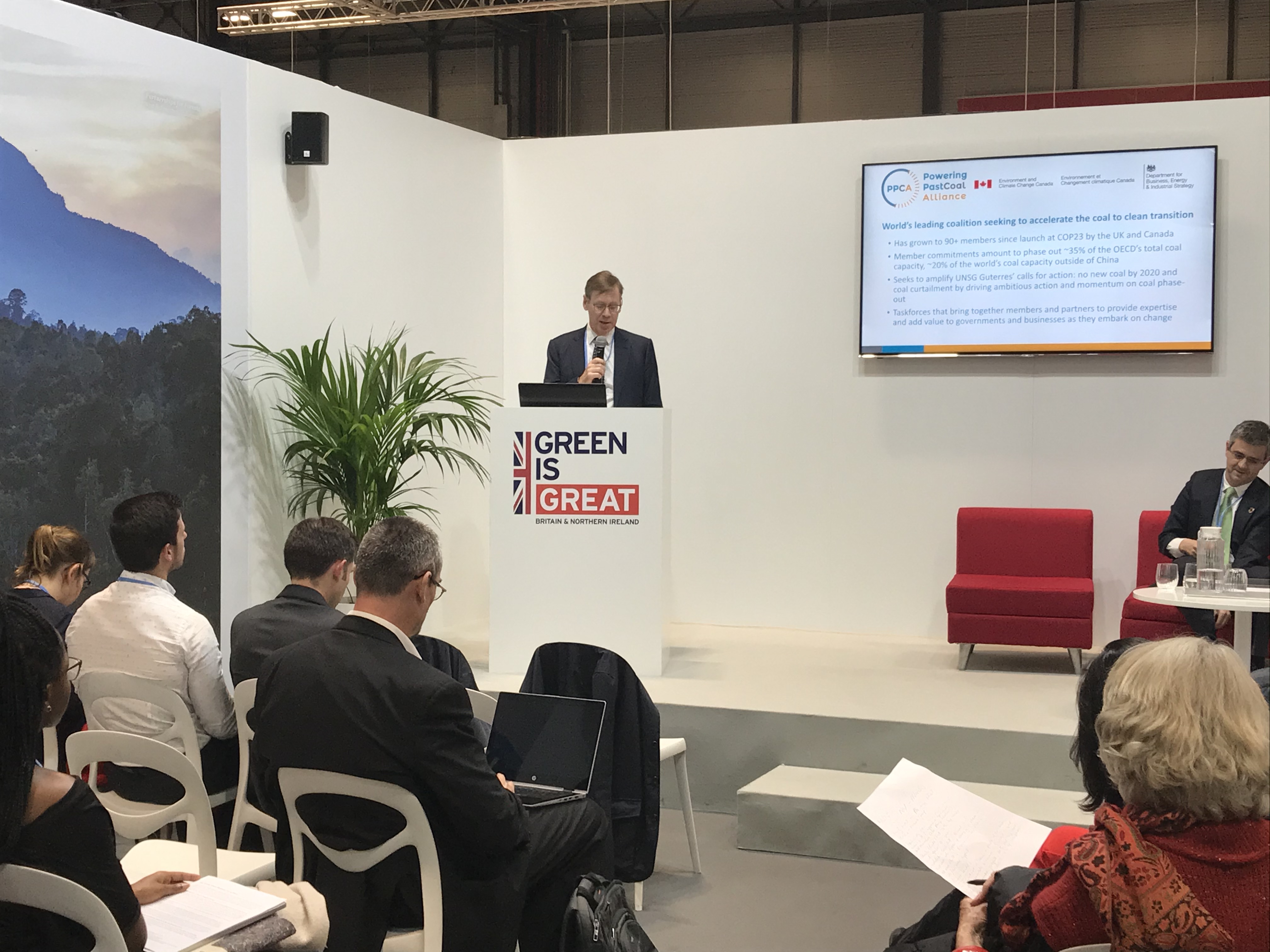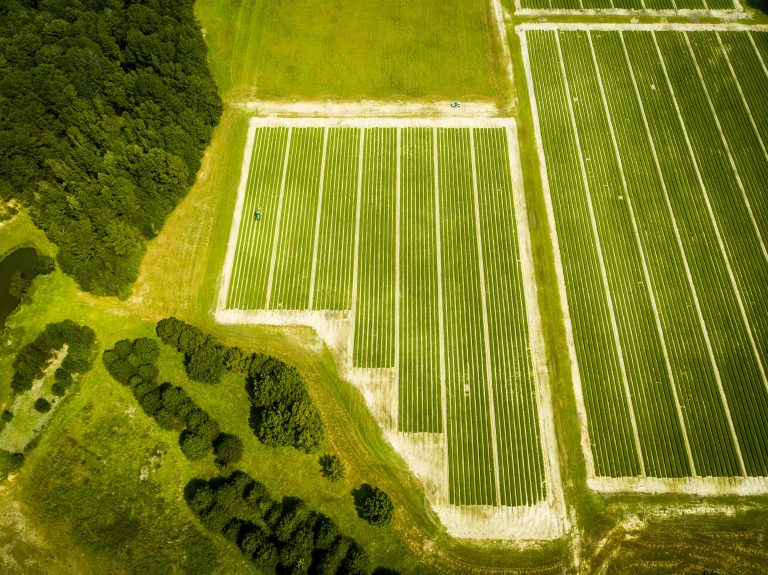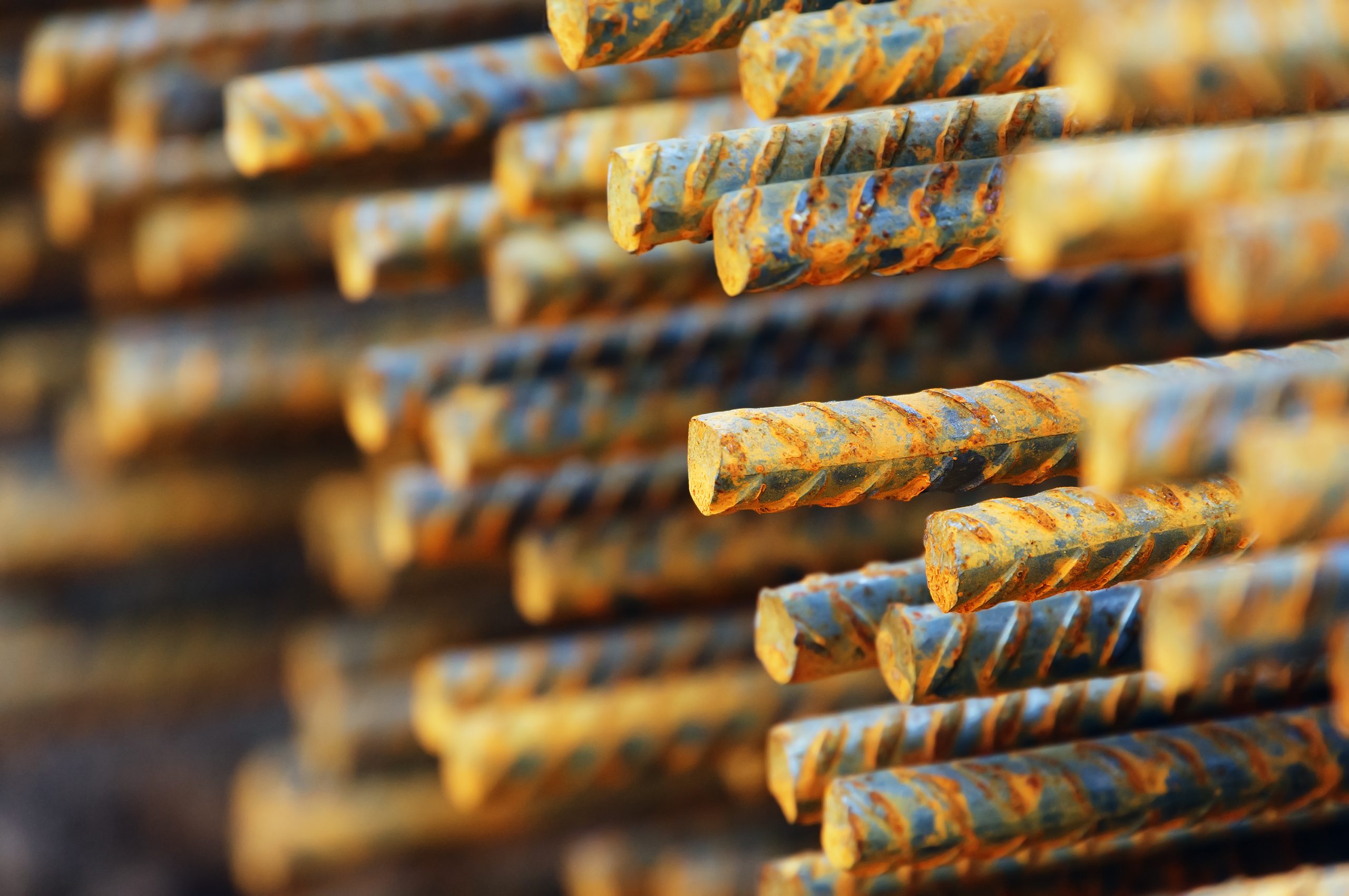
Carbon capture, use and storage (CCUS) is a vital technology in the energy industry, with facilities already in place all over the world aiming to eliminate carbon dioxide (CO2) emissions.
However, for decarbonisation to go far enough to keep global warming below 2oC – as per the Paris Climate Agreement – emission reductions are needed throughout the global economy.
From cement factories to farmland, CCUS technology is beginning to be deployed in a wide variety of sectors around the world.
Construction
The global population is increasingly urban and by 2050 it’s estimated 68% of all people will live in cities. For cities to grow sustainably, it’s crucial the environmental impact of the construction industry is reduced.

Construction currently accounts for 11% of all global carbon emissions. This includes emissions from the actual construction work, such as from vehicle exhaust pipes, but a more difficult challenge is reducing embedded emissions from the production of construction materials.
Steel and concrete are emissions-heavy to make; they require intense heat and use processes that produce further emissions. Deploying widespread CCUS in the production of these two materials holds the key to drastically reducing carbon emissions from the built environment.
Steel manufacturing alone, regardless of the electricity used to power production, is responsible for about 7% of global emissions. Projects aimed at reducing the levels of carbon released in production are planned in Europe and are already in motion in the United Arab Emirates.
Abu Dhabi National Oil Company and Masdar, a renewable energy and sustainability company, formed a joint venture in 2013 with the aim of developing commercial-scale CCUS projects.
In its project with Emirates Steel, which began in 2016, about 800,000 tonnes of CO2 is captured a year from the steel manufacturing plant. This is sequestered and used in enhanced oil recovery (EOR). The commercially self-sustaining nature of this project has led to investigation into multiple future industrial-scale projects in the region.
Cement manufacturing, a process that produces as much as 8% of global greenhouse gases, is also experiencing the growth of innovative CCUS projects.

Norcem Cement plant in Brevik, Norway has already begun experimenting with CCUS, calculating that it could capture 400,000 tonnes of CO2 per year and store it under the North Sea. If the project wins government approval, Norcem could commence operations as soon as 2023.
However, as well as reducing emissions from traditional cement manufacturing and the electricity sources that power it, a team at Massachusetts Institute of Technology is exploring a new method of cement production that is more CCUS friendly.
By pre-treating the limestone used in cement creation with an electrochemical process, the CO2 produced is released in a pure, concentrated stream that can be more easily captured and sequestered underground or harnessed for products, such as fizzy drinks.
Agriculture
It’s hard to overstate the importance of the agriculture industry. As well as feeding the world, it employs a third of it.
Within this sector, fertiliser plays an essential role in maintaining the global food supply. However, the fertiliser production industry represents approximately 2% of global CO2 emissions.
CCUS technology can reduce the CO2 contributions made by the manufacturing of fertiliser, while maintaining crop reliability. In 2019, Oil and Gas Climate Initiative’s (OGCI) Climate Investments announced funding for what is expected to be the biggest CCUS project in the US.

Based at the Wabash Valley Resources fertiliser plant in Indiana, the project will capture between 1.3 and 1.6 million tonnes of CO2 from the ammonia producer per year. The captured carbon will then be stored 2,000 metres below ground in a saline aquifer.
Similarly, since the turn of the millennium Mitsubishi Heavy Industries Engineering has deployed CCUS technology at fertiliser plants around Asia. CO2 is captured from natural gas pre-combustion, and used to create the urea fertiliser.
However, the agriculture industry can also capture carbon in more nature-based and cheaper ways.
Soil acts as a carbon sink, capturing and locking in the carbon from plants and grasses that die and decay into it. However, intensive ploughing can damage the soil’s ability to retain CO2.
It only takes slight adjustments in farming techniques, like minimising soil disturbance, or crop and grazing rotations, to enable soil and grasslands to sequester greater levels of CO2 and even make farms carbon negative.
Transport
The transport sector is the fastest growing contributor to climate emissions, according to the World Health Organisation. Electric vehicles and hydrogen fuels are expected to serve as the driving force for much of the sector’s decarbonisation, however, at present these technologies are only really making an impact on roads. There are other essential modes of transport where CCUS has a role to play.
Climeworks, a Swiss company developing units that capture CO2 directly from the air, has begun working with Rotterdam The Hague Airport to develop a direct air capture (DAC) unit on the airport’s grounds.
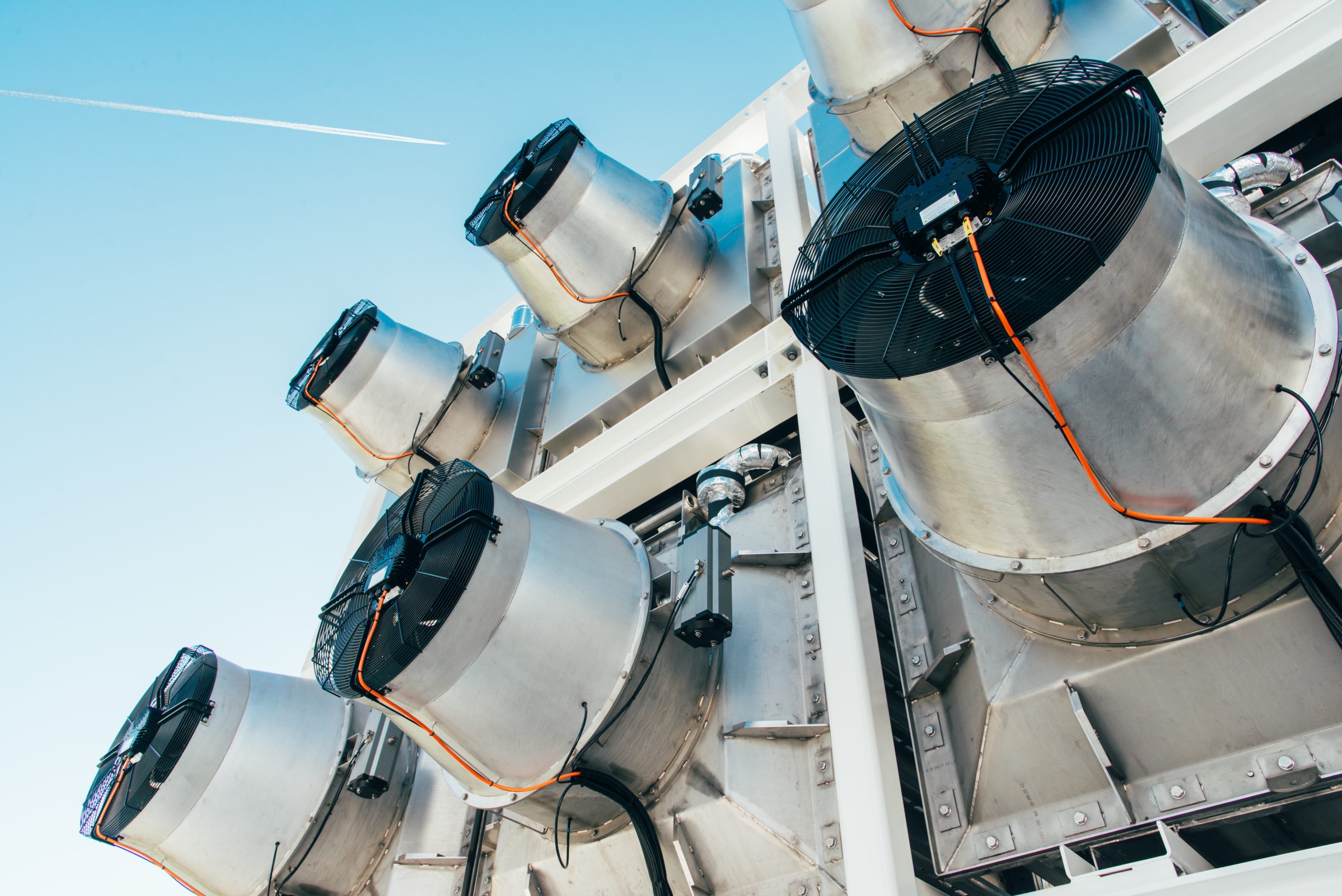
Climeworks Plant technology [Source: Climeworks Photo by Julia Dunlop]
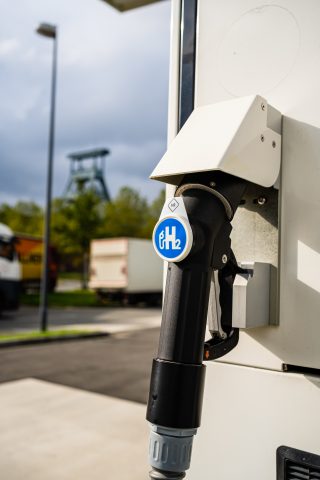
Hydrogen filling station in Hamburg, Germany.
However, beyond just capturing CO2 from planes taking off, Climeworks aims to use the CO2 to produce a synthetic jet fuel – creating a cycle of carbon reusage that ensures none is emitted into the atmosphere. A pilot project aims to create 1,000 litres of the fuel per day in 2021.
Another approach to zero-carbon transport fuel is the utilisation of hydrogen, which is already powering cars, trains, buses and even spacecraft.
Hydrogen can be produced in a number of ways, but it’s predominantly created from natural gas, through a process in which CO2 is a by-product. CCUS can play an important role here in capturing the CO2 and storing it, preventing it entering the atmosphere.
The hydrogen-powered vehicles then only emit water vapour and heat.
From every industry to every business to everyone
As CCUS technology continues to be deployed at scale and made increasingly affordable, it has the potential to go beyond just large industrial sites, to entire economic regions.
Global Thermostat is developing DAC technology which can be fitted to any factory or plant that produces heat in its processes. The system uses the waste heat to power a DAC unit, either from a particular source or from the surrounding atmosphere. Such technologies along with those already in action like bioenergy with carbon capture and storage (BECCS), can quickly make negative emissions a reality at scale.
However, to capture, transport and permanently store CO2 at the scale needed to reach net zero, collaboration partnerships and shared infrastructure between businesses in industrial regions is essential.
The UK’s Humber region is an example of an industrial cluster where a large number of high-carbon industrial sites sit in close proximity to one another. By installing BECCS and CCUS infrastructure that can be utilised by multiple industries, the UK can have a far greater impact on emissions levels than through individual, small-scale CCUS projects.
Decarbonising the UK and the world will not be achieved by individual sites and industries but by collective action that transcends sectors, regions and supply chains. Implementing CCUS at as large a scale as possible takes a greater stride towards bringing the wider economy and society to net zero.
Learn more about carbon capture, usage and storage in our series:
- Planting, sinking, extracting – some of the ways to absorb carbon from the atmosphere
- From capture methods to storage and use across three continents, these companies are showing promising results for CCUS
- Why experts think bioenergy with carbon capture and storage will be an essential part of the energy system
- The science of safely and permanently putting carbon in the ground
- The numbers must add up to enable negative emissions in a zero carbon future, says Drax Group CEO Will Gardiner.
- From NASA to carbon capture, chemical reactions could have a big future in electricity
- A roadmap for the world’s first zero carbon industrial cluster: protecting and creating jobs, fighting climate change, competing on the world stage
- Can we tackle two global challenges with one solution: turning captured carbon into fish food?
- How algae, paper and cement could all have a role in a future of negative emissions
- How the UK can achieve net zero
- Transforming emissions from pollutants to products
- Drax CEO addresses Powering Past Coal Alliance event in Madrid, unveiling our ambition to play a major role in fighting the climate crisis by becoming the world’s first carbon negative company








